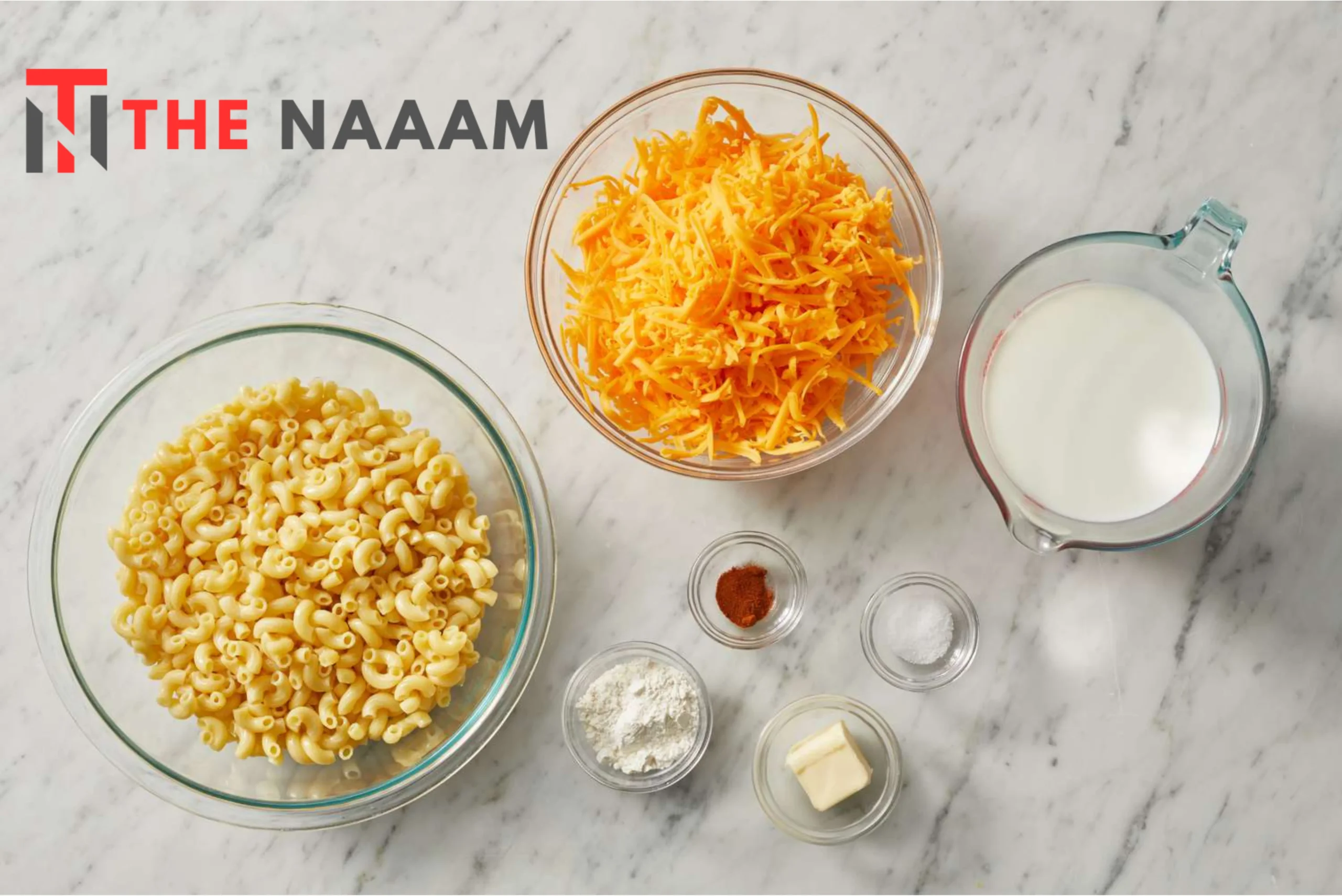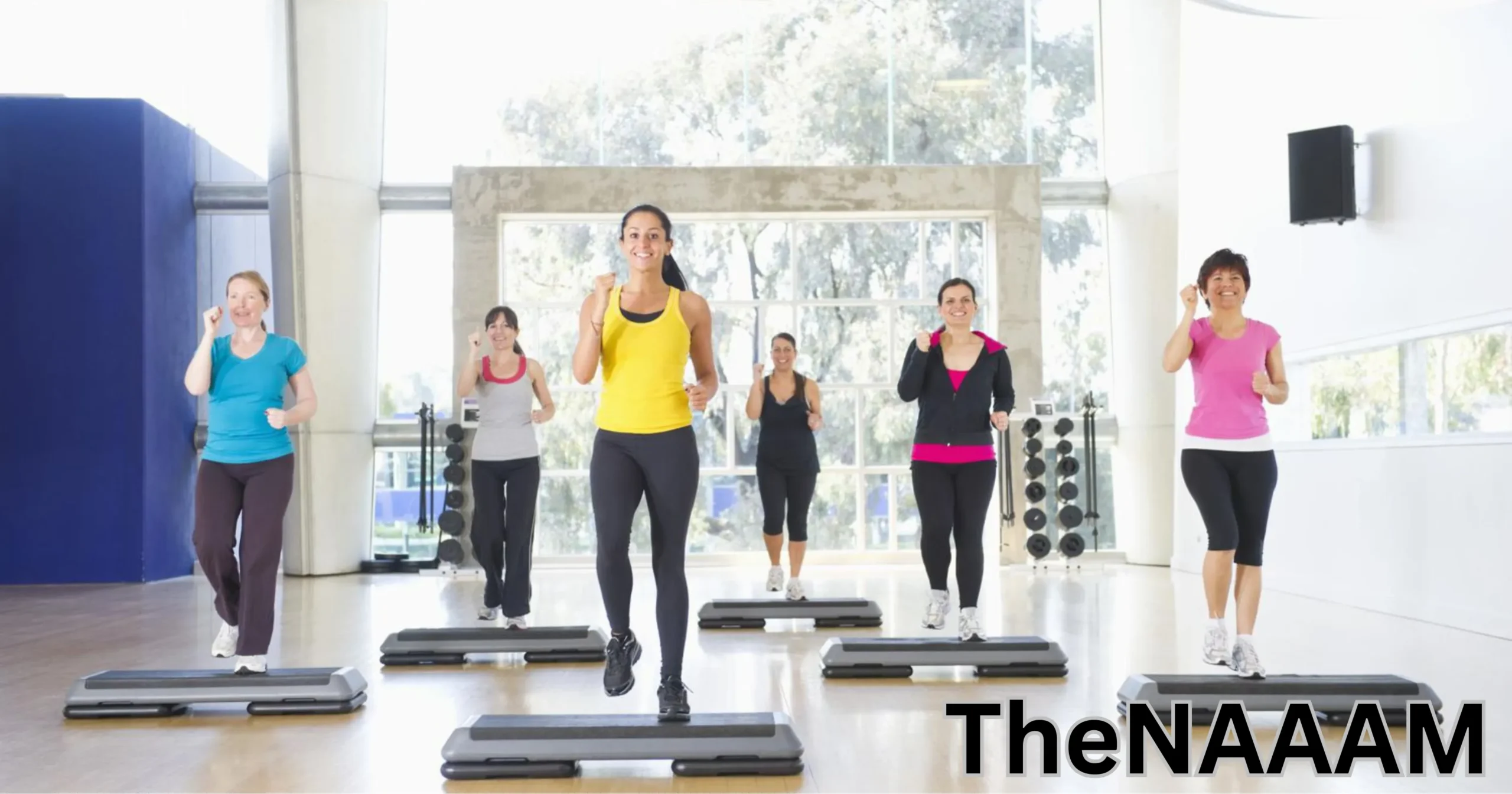Table of Contents
ToggleDiscover the Impact of Physical Activity on Cholesterol Levels
Does Physical Activity Lower Cholesterol? Explore the relationship between physical activity and cholesterol levels in this informative article. Learn how regular exercise can positively impact LDL and HDL cholesterol, reducing the risk of cardiovascular disease.
Cholesterol is a fatty substance found in your blood that is crucial for the body’s normal functioning. However, high levels of cholesterol can increase the risk of heart disease and stroke. Physical activity, on the other hand, encompasses any movement that engages your muscles and requires energy expenditure. But how does physical activity impact cholesterol levels?
Understanding Cholesterol
Cholesterol exists in two main forms: low-density lipoprotein (LDL) and high-density lipoprotein (HDL). LDL cholesterol is often referred to as “bad” cholesterol because it can build up in the walls of your arteries, leading to atherosclerosis. HDL cholesterol, on the other hand, is considered “good” cholesterol as it helps remove LDL cholesterol from the bloodstream.
What is Physical Activity?
Physical activity includes any bodily movement produced by skeletal muscles that requires energy expenditure. This can range from walking and running to swimming and cycling. Engaging in regular physical activity offers numerous health benefits, including improved cardiovascular health, weight management, and mood enhancement.
The Relationship Between Physical Activity and Cholesterol
Research has consistently shown that physical activity can have a positive effect on cholesterol levels. A meta-analysis published in the Journal of the American Heart Association found that individuals who engaged in regular physical activity had higher levels of HDL cholesterol and lower levels of LDL cholesterol compared to sedentary individuals.
How Physical Activity Lowers Cholesterol
Physical activity influences cholesterol levels through various mechanisms. Aerobic exercises such as walking, jogging, and swimming increase the production of HDL cholesterol while simultaneously reducing levels of LDL cholesterol. Best Exercise To Lower Cholesterol can enhance the efficiency of lipid metabolism, leading to improved cholesterol regulation.
Recommended Physical Activities for Lowering Cholesterol
To reap the cholesterol-lowering benefits of physical activity, it’s important to incorporate a variety of exercises into your routine. Aerobic activities, such as brisk walking, cycling, and dancing, are particularly effective at raising HDL cholesterol levels. Strength training exercises, such as weightlifting and resistance band workouts, can also contribute to improved cholesterol management.
How Often Should I Exercise To Lower Cholesterol
To lower cholesterol effectively, aim for at least 150 minutes of moderate-intensity aerobic activity or 75 minutes of vigorous-intensity aerobic activity per week. Additionally, include muscle-strengthening activities on two or more days per week.
Best Time Of Day To Exercise To Lower Cholesterol
The best time of day to exercise to lower cholesterol is whenever it fits into your schedule and you can maintain consistency. Some studies suggest that exercising in the morning may provide additional benefits, such as jump-starting your metabolism and setting a positive tone for the day. However, the most crucial factor is finding a time that works for you and allows you to adhere to a regular exercise routine.
Creating a Physical Activity Plan
To maximize the impact of physical activity on cholesterol levels, it’s essential to develop a structured exercise plan. Set realistic goals based on your current fitness level and gradually increase the intensity and duration of your workouts over time. Incorporate different types of exercises to target various muscle groups and keep your routine engaging.
Other Lifestyle Factors Affecting Cholesterol
While physical activity plays a significant role in cholesterol management, other lifestyle factors also influence cholesterol levels. A healthy diet rich in fruits, vegetables, whole grains, and lean proteins can help lower LDL cholesterol levels. Avoiding smoking and implementing stress management techniques can further support cardiovascular health.
Myths About Physical Activity and Cholesterol
There are several myths surrounding the relationship between physical activity and cholesterol. One common misconception is that exercise alone is sufficient for lowering cholesterol levels. While physical activity is beneficial, it is most effective when combined with a healthy diet and other lifestyle modifications.
40 Foods To Lower Cholesterol
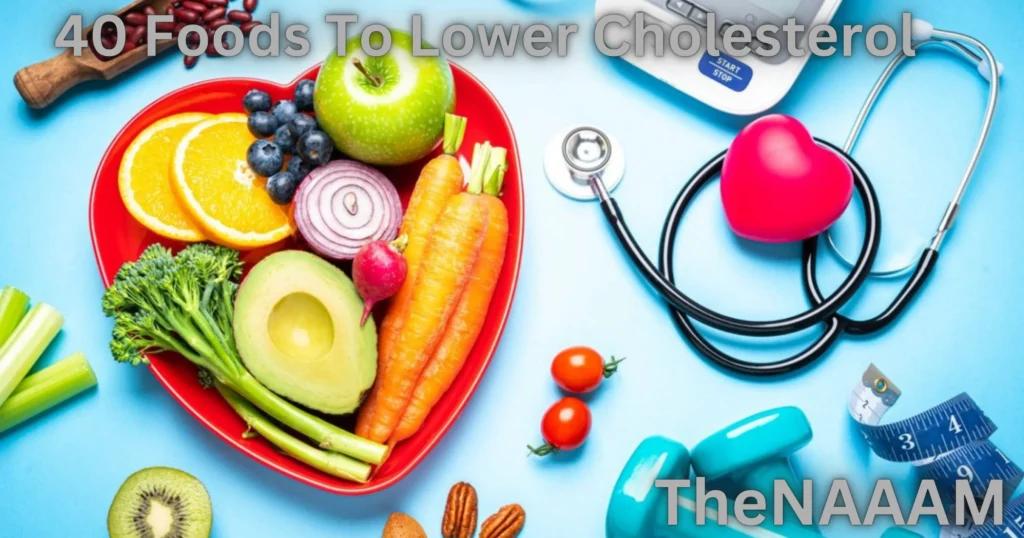
| Foods |
|---|
| Oats |
| Barley |
| Beans |
| Lentils |
| Chickpeas |
| Apples |
| Berries (blueberries, strawberries, raspberries) |
| Citrus fruits (oranges, grapefruits) |
| Avocados |
| Nuts (almonds, walnuts, pistachios) |
| Seeds (flaxseeds, chia seeds) |
| Fatty fish (salmon, mackerel, trout) |
| Olive oil |
| Canola oil |
| Soy products (tofu, soy milk) |
| Whole grains (brown rice, quinoa, whole wheat) |
| Leafy greens (spinach, kale, Swiss chard) |
| Brussels sprouts |
| Broccoli |
| Cauliflower |
| Carrots |
| Sweet potatoes |
| Tomatoes |
| Eggplant |
| Garlic |
| Onions |
| Green tea |
| Dark chocolate (in moderation) |
| Red wine (in moderation) |
| Pomegranate juice |
| Turmeric |
| Cinnamon |
| Ginger |
| Red bell peppers |
| Edamame |
| Barley grass |
| Seaweed |
| Beetroot |
| Cabbage |
| Celery |
Incorporating these foods into your diet can contribute to lower cholesterol levels and promote heart health. Remember to maintain a balanced diet and consult with a healthcare professional for personalized dietary recommendations.
Daily Habits to Enhance Your Life Building a Foundation for Well-Being
Incorporating daily habits to enhance your life is essential for fostering personal growth and overall well-being. By integrating simple yet impactful practices into your daily routine, such as starting your day with gratitude, prioritizing self-care, and staying connected with others, you can cultivate a more fulfilling and meaningful life.
Daily habits to enhance your life serve as building blocks for creating a positive and balanced lifestyle, allowing you to thrive physically, mentally, and emotionally. By consistently engaging in these habits, centered around the idea of daily habits to enhance your life, you can empower yourself to live each day with intention, purpose, and joy.
How To Reduce Cholesterol In 30 Days
Reducing cholesterol levels in 30 days requires a combination of dietary changes, regular exercise, and lifestyle modifications. Here’s a step-by-step guide to help you achieve this goal:
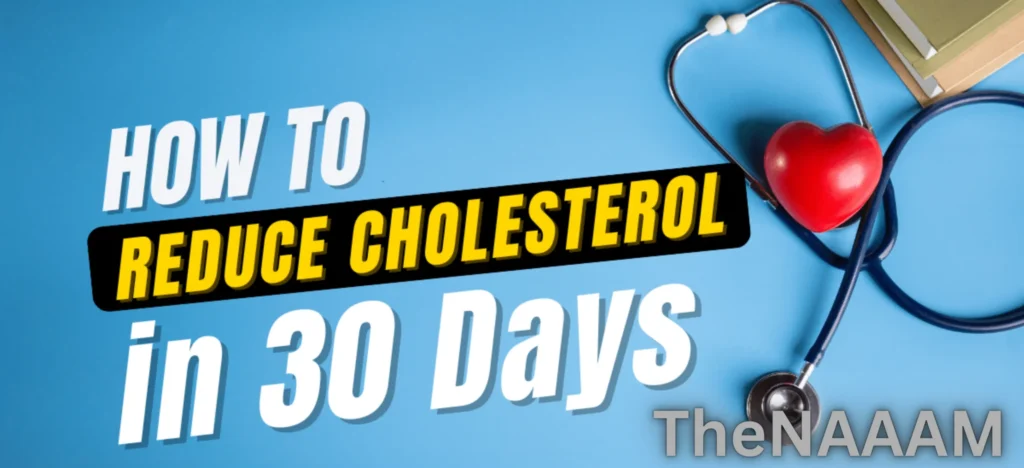
Healthy Eating Habits:
- Focus on consuming a diet rich in fruits, vegetables, whole grains, and lean proteins.
- Limit intake of saturated fats and trans fats found in processed foods, fried foods, and fatty meats.
- Incorporate heart-healthy fats such as those found in avocados, nuts, seeds, and olive oil.
- Choose low-fat dairy products and opt for lean protein sources like poultry, fish, and legumes.
Increase Fiber Intake:
- Fiber helps lower cholesterol by binding to it in the digestive system and eliminating it from the body.
- Include fiber-rich foods such as oats, barley, beans, lentils, fruits, and vegetables in your meals.
Regular Exercise:
- Engage in moderate-intensity aerobic exercise for at least 30 minutes most days of the week.
- Activities like brisk walking, jogging, cycling, swimming, or dancing can help improve cholesterol levels.
- Incorporate strength training exercises at least two days a week to build muscle and boost metabolism.
Limit Alcohol Consumption:
- Excessive alcohol consumption can raise triglyceride levels and lead to high cholesterol.
- Limit alcohol intake to moderate amounts, which is up to one drink per day for women and up to two drinks per day for men.
Quit Smoking:
- Smoking damages blood vessels, reduces HDL cholesterol levels, and increases the risk of heart disease.
- Seek support and resources to quit smoking and improve your overall cardiovascular health.
Manage Stress:
- Chronic stress can contribute to unhealthy habits and increase cholesterol levels.
- Practice stress-reducing techniques such as meditation, deep breathing exercises, yoga, or spending time outdoors.
Monitor Your Progress:
- Track your cholesterol levels regularly with blood tests to monitor your progress.
- Adjust your diet, exercise routine, and lifestyle habits based on your results and recommendations from healthcare professionals.
By following these strategies consistently for 30 days and beyond, you can significantly lower your cholesterol levels and improve your overall heart health. However, it’s essential to consult with a healthcare provider before making significant changes to your diet or exercise regimen, especially if you have existing health conditions or concerns.
Lower Cholesterol Diet
| Foods to Include | Foods to Limit or Avoid |
|---|---|
| Fruits and Vegetables | Saturated and Trans Fats |
| Whole Grains | Processed and Refined Foods |
| Healthy Fats | High-Cholesterol Foods |
| Fatty Fish | Excess Salt |
| Legumes | |
| Soy Products | |
| Garlic and Onions | |
| Herbs and Spices |
Supplements To Lower Cholesterol
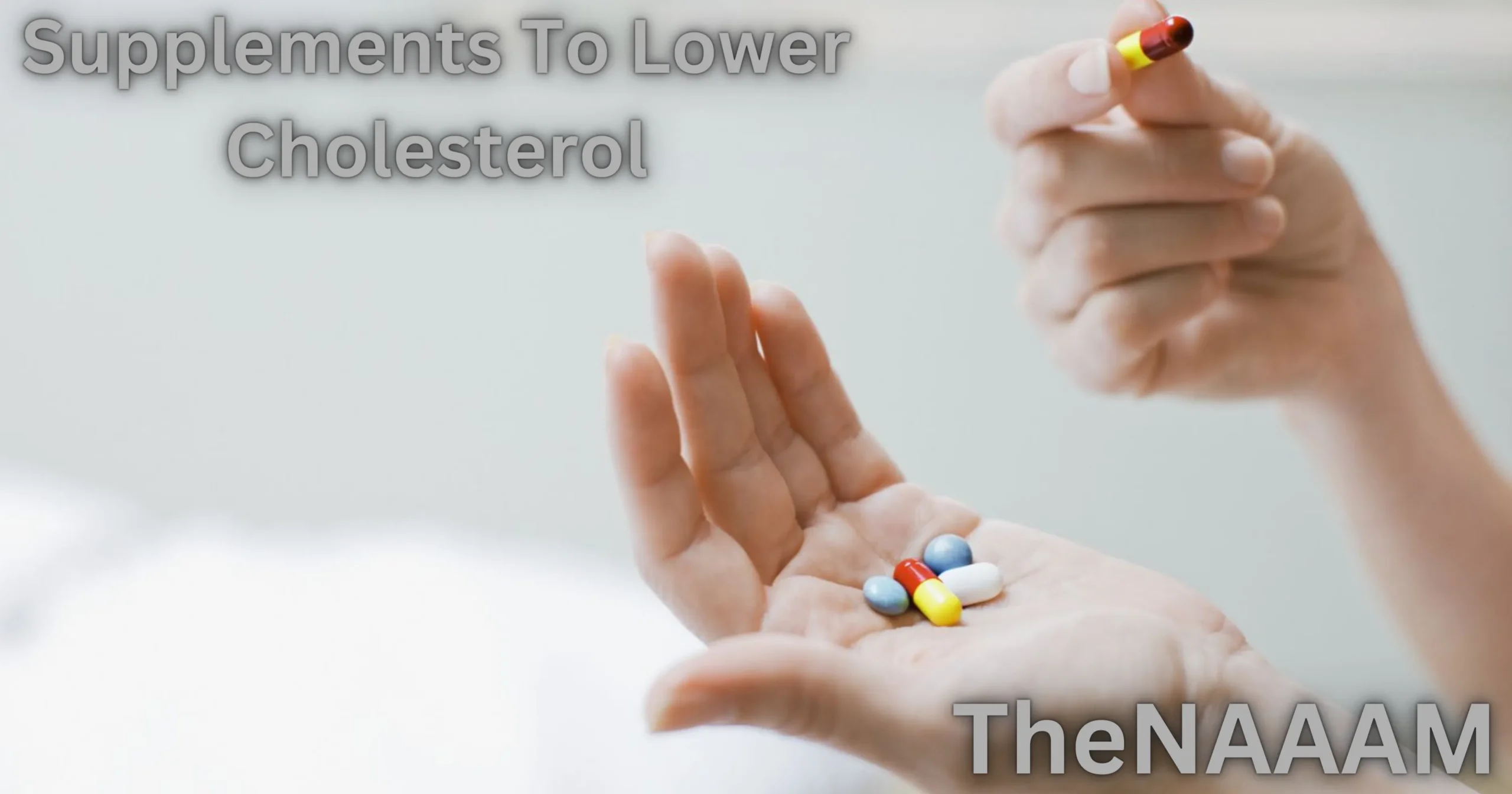
There are several supplements that may help lower cholesterol levels naturally. However, it’s essential to consult with a healthcare professional before starting any new supplement regimen, as they can interact with medications or have adverse effects in some individuals. Here are some supplements that have shown potential in lowering cholesterol:
Plant Sterols and Stanols: These compounds, found naturally in plants, can help block the absorption of cholesterol in the intestines, leading to lower LDL (bad) cholesterol levels. They are often found in supplement form or added to certain foods like margarine.
Fish Oil: Omega-3 fatty acids found in fish oil supplements, such as EPA and DHA, have been shown to reduce triglyceride levels and may also help lower LDL cholesterol levels. Fish oil supplements are available over-the-counter and can be taken in liquid or capsule form.
Fiber Supplements: Soluble fiber supplements like psyllium husk can help lower LDL cholesterol levels by binding to cholesterol in the digestive tract and promoting its excretion. These supplements can be taken in powder or capsule form and should be consumed with plenty of water.
Niacin (Vitamin B3): Niacin is a B vitamin that can help raise HDL (good) cholesterol levels and lower LDL cholesterol and triglyceride levels. It is available in supplement form but should be taken under the guidance of a healthcare professional due to potential side effects.
Red Yeast Rice: Red yeast rice is a traditional Chinese supplement made from fermented rice that contains compounds called monacolins, which are similar to statin medications. These compounds can help lower LDL cholesterol levels, but the effectiveness and safety of red yeast rice supplements can vary, and they may also contain other active ingredients.
Garlic: Garlic supplements may have modest cholesterol-lowering effects, particularly in individuals with mildly elevated cholesterol levels. Garlic contains compounds like allicin and sulfur, which may help lower LDL cholesterol levels and improve overall heart health.
Coenzyme Q10 (CoQ10): CoQ10 is a naturally occurring antioxidant that plays a role in energy production in the body. Some studies suggest that CoQ10 supplements may help lower LDL cholesterol levels and improve heart health, although more research is needed to confirm these effects.
Berberine: Berberine is a compound found in several plants, including goldenseal and barberry. It has been shown to have cholesterol-lowering effects, particularly in individuals with high cholesterol levels. Berberine supplements are available and may help lower LDL cholesterol and triglyceride levels.
Physical activity is a powerful tool for lowering cholesterol levels and reducing the risk of cardiovascular disease. By engaging in regular exercise, you can increase HDL cholesterol levels, decrease LDL cholesterol levels, and improve overall cardiovascular health.
Incorporating a variety of aerobic and strength training exercises into your routine, along with adopting a healthy lifestyle, can help you achieve optimal cholesterol levels and lead a longer, healthier life.





